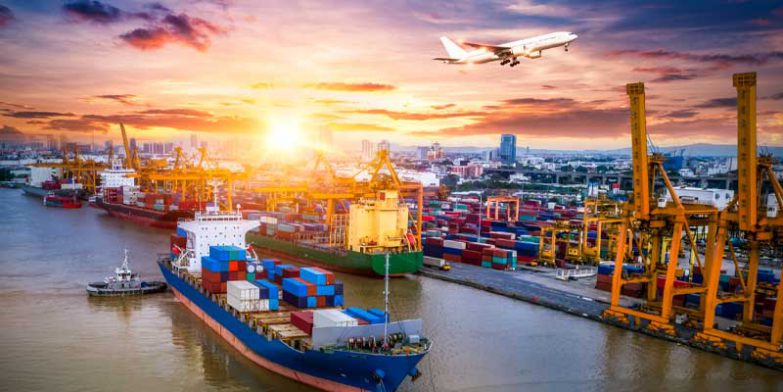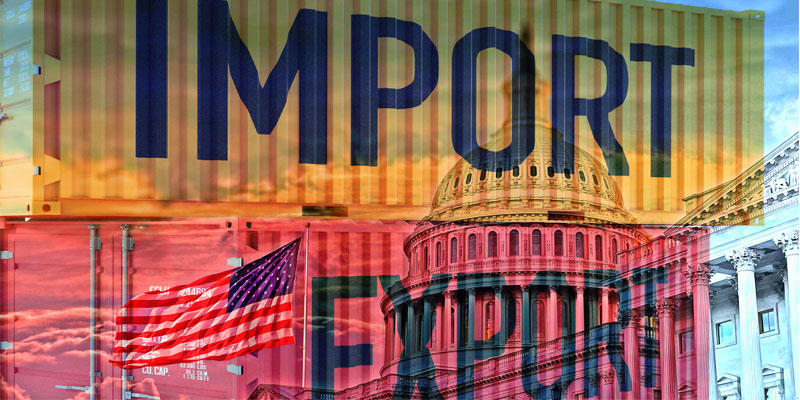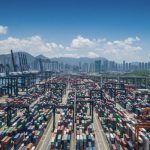
Some areas of global trade continue to experience extreme congestion, while other areas are operating as normal for this time of year.
Sea Freight
There is high demand from China, South East Asia and the Indian subcontinent and rates on the Asia to North America routes are at a 5 year high, which is a good indicator of what will come on the European trades.
Carriers have announced further increases, with peak season surcharges and ocean freight rate rising due to be implemented later this month and into September.
Vessel omissions from base ports, reduction in schedules, congestion at transhipment hubs and a significant increase in global demand for products being sourced from Asia is making carriers bullish, with rate hikes on the spot/FAK market.
Some carriers are creating roll pools and generally the market from Asia is seeing containers being offloaded from allocated vessels on a frequent basis, to take eon higher yielding cargo..
Export traffic has fared better and rates are stable, although still much higher compared to year on year with 2019.
Generally, capacity is available with the exception of the Trans-Atlantic routes being the primary area for potential delays and increased pricing, particularly at US East Coast ports.
UK ports are currently experiencing disruption, due to influx of high volumes of containers and also with new Covid19 processes and general haulage congestion.
Air Freight
The global air freight market is still operating with a vastly reduced belly hold capacity, as passenger aircraft are still not operating due to pandemic-induced lack of demand.
Increasingly carriers are operating passenger freighters, with some airlines removing seats from their aircraft to increase their cargo uplift.
Pure freighter services are still in high demand, with rates two to three times higher than they were this time last year on the majority of lanes. Dwell times have reduced from the global highs of May and June and uplift generally is being made within a reasonable time-frame. Some areas are still experiencing capacity shortage, notably, the Australasian and American routes from the UK and Europe.
Due to the launch of many new electronic products, continuing PPE demand and the potential development and extreme demand of a covid19 vaccine, the airfreight market will pick up quickly. This will result in a global impact on increased demand versus a static supply. This is without the traditional increase in general air cargo volumes experienced during Quarter 4 of the year. It could be a very congested time for air freight movements from September.
Surface Freight
Overland services and trucking are functioning as normal with limited delays at borders throughout Europe presently. We anticipate this will change the closer we get to full withdrawal from the EU and as we transition into our new relationship with Europe.
Inland rail freight is in high demand with new services being added and established services being reinstated over recent weeks and months. New train services have been added to cope with the demand, operating on the East Midlands Gateway terminal with intermodal operations.
We will continue to report on the latest market conditions and always provide the options available and best fit solution against requirements and expectations.





